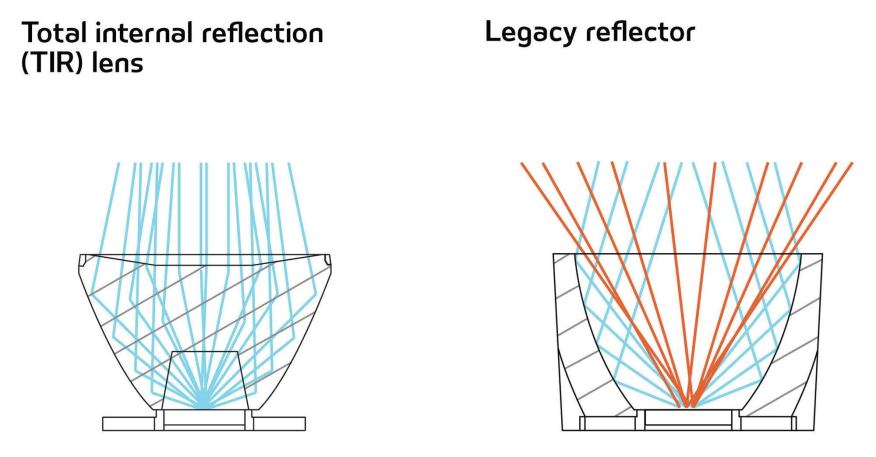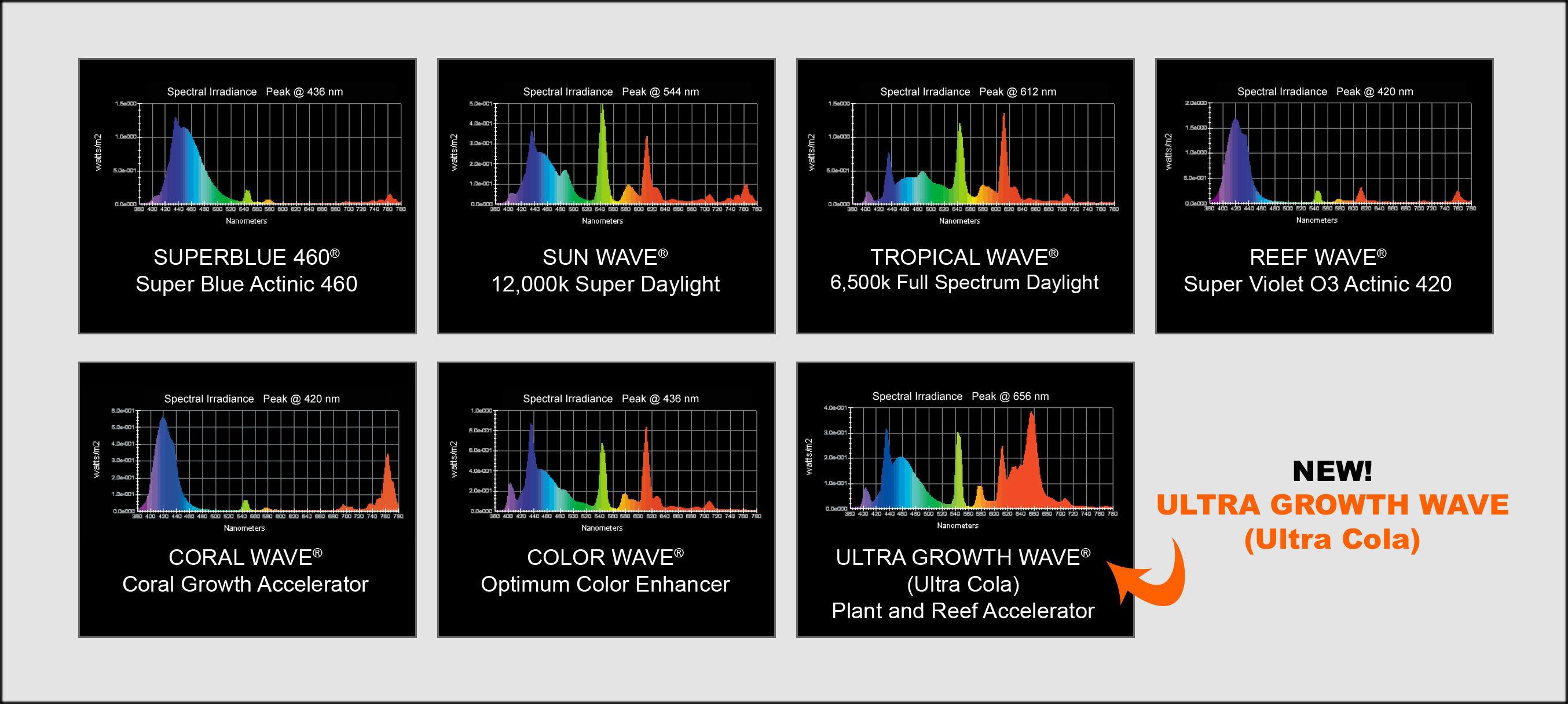- Joined
- Sep 18, 2017
- Messages
- 5,608
- Reaction score
- 3,450
Gee, even before the ink is dry on PAR and PUR, they want to change things..

Just an FYI....
PBAR meter anyone?
http://www.ledsmagazine.com/horticu...-standard-for-led-horticultural-lighting.htmlLast November, we published a detailed article about the work of the ASABE that had begun back in 2015 and that by last year had become a three-part proactive effort on standards development. As our article described, the first priority was definition of metrics and a new plant biologically active radiation (PBAR) radiometric band that spans 280–800 nm — covering the ultraviolet (UV) region below human visual sensitivity and the far-red region above.
But UV light is now known to impact plant morphology. And the far-red region can impact seed germination, flower induction, plant height, and leaf expansion. The new standard will add new metrics in those regions.
Just an FYI....
PBAR meter anyone?





















